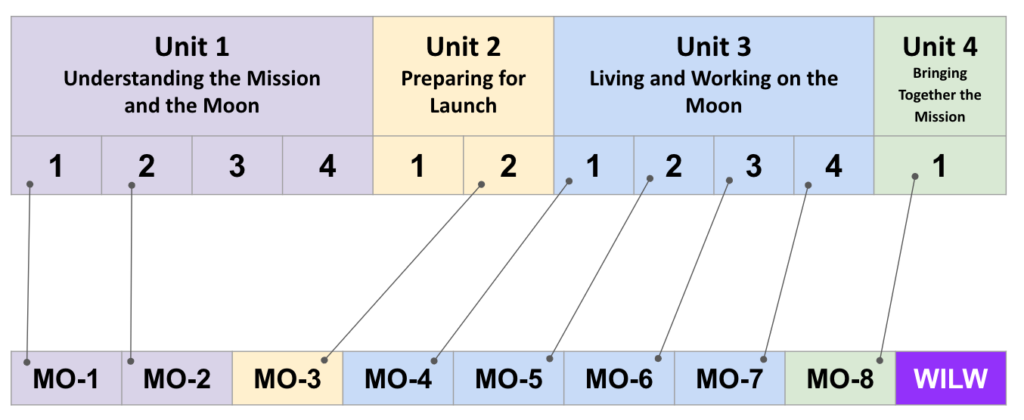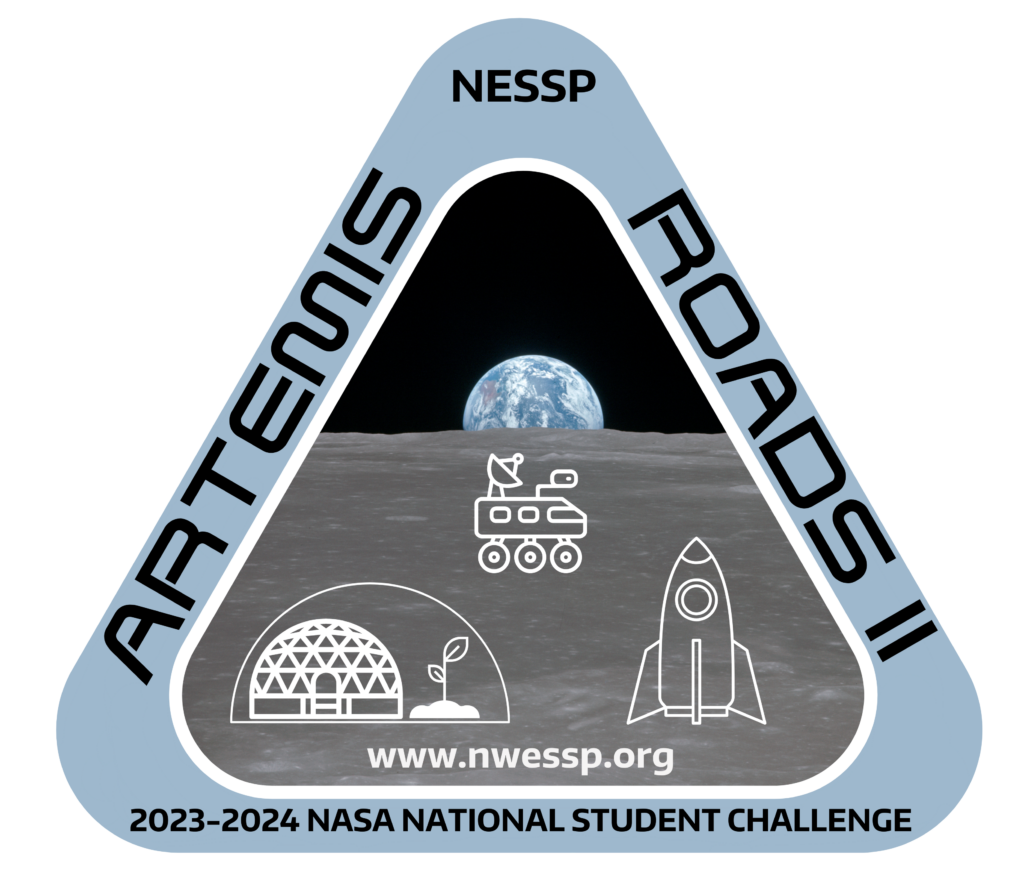Artemis ROADS II Companion Course
How can we use experiments, models, and rehearsals here on Earth to understand other solar system objects and plan a successful mission to the Moon?
This course is organized around the guiding question above and is tied to the 2023/24 Student Challenge, Artemis ROADS. The course has four units, each with multiple lessons. Each unit and lesson have their own guiding question that will contribute to students’ understanding of the overall guiding question.
Getting started with the Artemis II Companion Course
Alignment with NESSP’s Artemis ROADS II Challenge

Most lessons from the Companion Course are aligned with the Mission Objectives (MOs) of the Artemis ROADS II Challenge.
